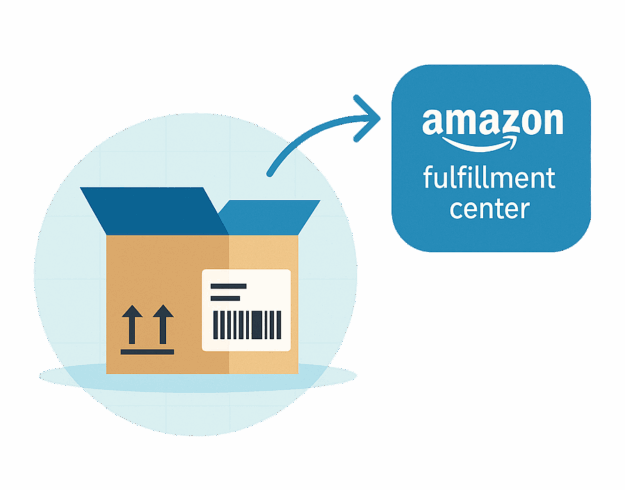In the ever-evolving landscape of packaging and display, a new era driven by environmental consciousness and public health concerns has emerged. A plethora of regulations, spanning from the global push against PFAs to California’s Proposition 65 and the EU’s ROHS and REACH directives, are redefining safety and sustainability standards.
European Union (EU):
-
The EU Emissions Trading System (ETS) caps emissions from major industries and facilitates trading of emission allowances.
-
The Packaging and Packaging Waste Directive sets recovery and recycling targets to minimize packaging’s environmental impact.
-
The Circular Economy Package encourages recycling and reduces landfilling, directly impacting packaging design and materials.
United States:
-
While lacking a federal carbon tax, the Environmental Protection Agency (EPA) regulates greenhouse gas emissions under the Clean Air Act. Some states, like California, have more stringent emissions trading systems and packaging regulations.
United Kingdom (UK):
-
Post-Brexit, the UK maintains its commitment to net-zero carbon emissions by 2050.
-
Packaging Producer Responsibility Regulations hold producers accountable for recycling and disposing of packaging waste costs.
Paris Agreement:
-
This global pact aims to combat climate change by reducing carbon emissions and limiting global warming.
Extended Producer Responsibility (EPR)
EPR regulations are being adopted more widely. These laws make producers responsible for the entire lifecycle of their products, especially for taking back, recycling, or disposing of their products post-consumer use. This directly impacts the carbon footprint of packaging and displays by encouraging more sustainable practices throughout the product lifecycle.
PFAs (Per- and Polyfluoroalkyl Substances) Regulations
the move to restrict PFAs, or “forever chemicals,” stems from their persistent nature in the environment and potential health hazards. As these substances are commonly found in packaging materials for their water and grease resistance, burgeoning state-level regulations across the globe are prompting a reevaluation of material choices, pushing for alternatives that ensure safety without compromising on functionality.
Other areas of regulatory focus include carbontax.org, Extended Producer Responsibility (EPR), PFAs, Proposition 65, ROHS, REACH, and TSCA.
Amidst this transformative era, Stephen Gould emerges as a trailblazer in innovation and sustainability, offering businesses expert guidance to navigate these regulatory waters. With a legacy of excellence in customized packaging and display solutions, Stephen Gould is uniquely poised to not only ensure regulatory compliance but also empower businesses to lead in sustainability and efficiency. Their commitment to environmental stewardship, coupled with cutting-edge design and sourcing options, makes them the ultimate partner for companies seeking to future-proof their packaging and displays.


